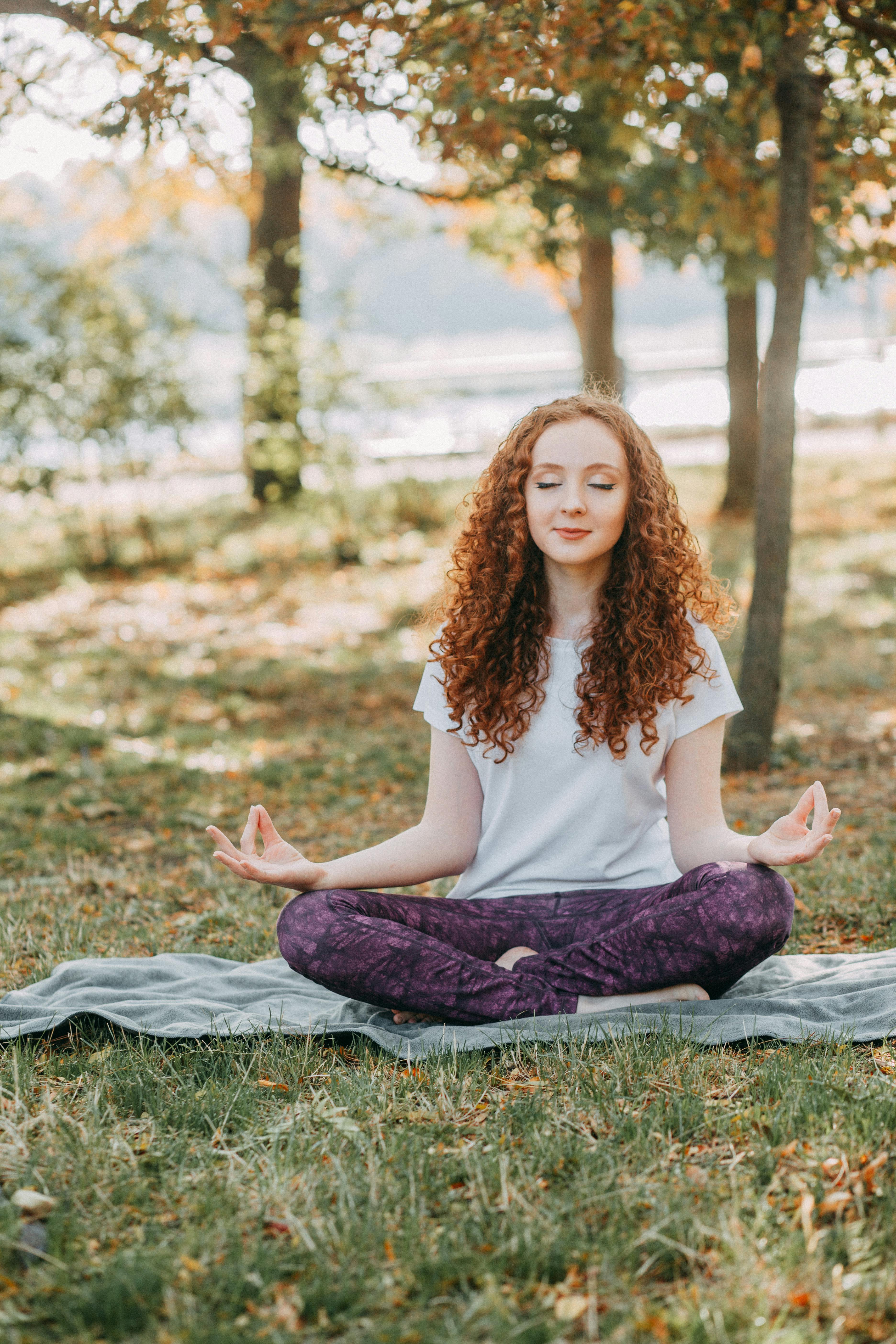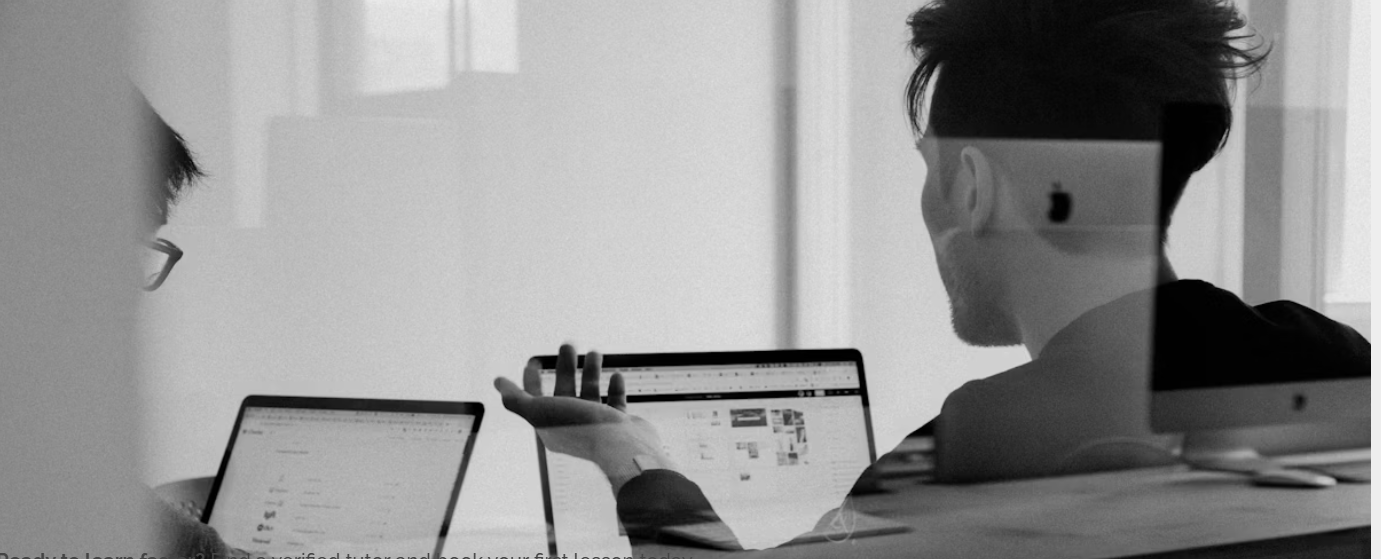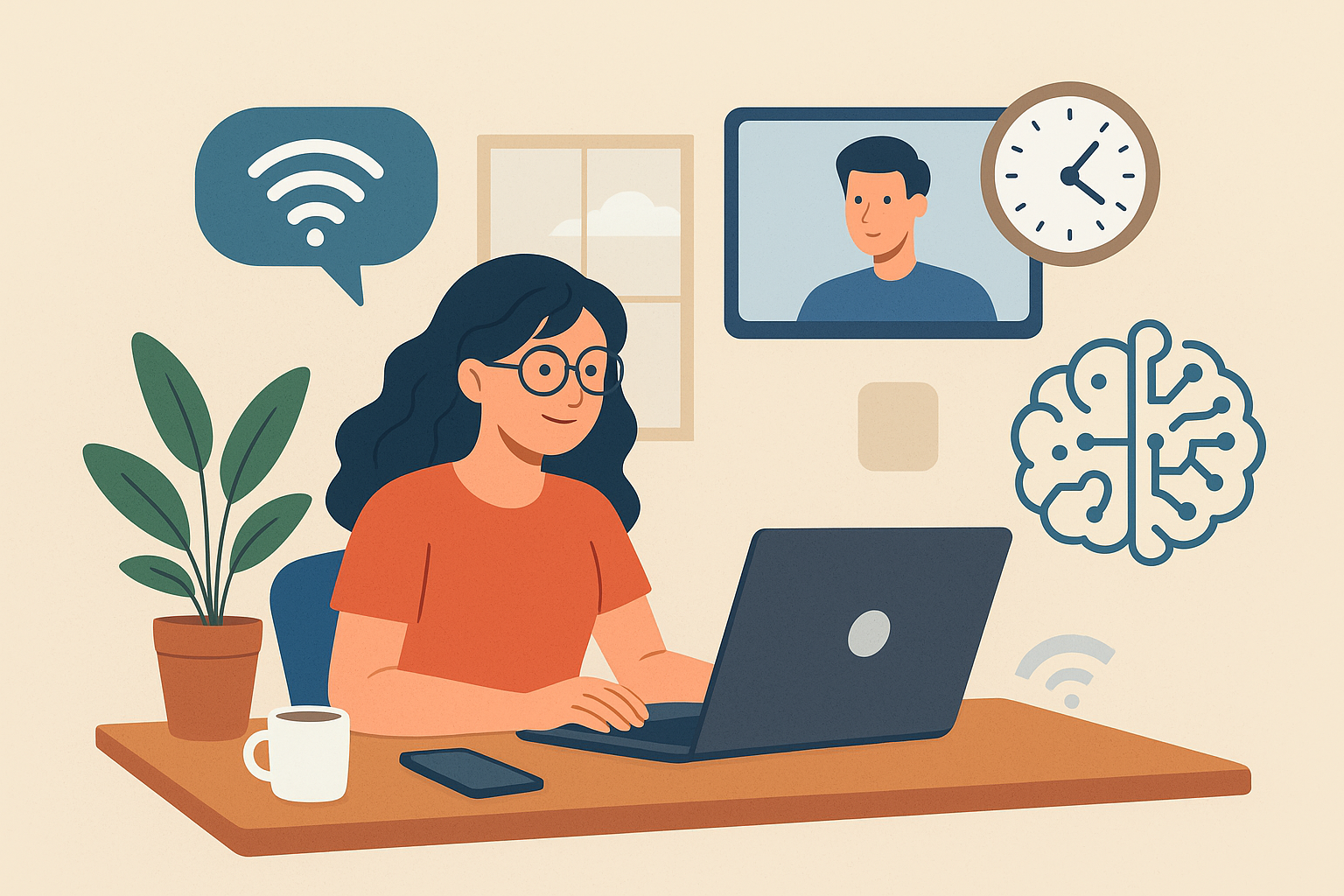
Table of Contents
Introduction
Living a healthy life is no longer just about avoiding illness—it’s about thriving physically, mentally, and emotionally.
A healthy lifestyle empowers you to feel more energetic, focused, and balanced in every aspect of life.
This ultimate guide brings together proven strategies across nutrition, fitness, mindfulness, and everyday habits to help you build a sustainable foundation for lifelong well-being.
By the end of this guide, you will have a clear roadmap to making practical and lasting changes in your diet, physical activity, stress management, and overall lifestyle.
Each section includes actionable tips, science-backed insights, and inspiring ideas for living your best life.

Nutrition and Diet
Nutrition forms the cornerstone of a healthy life. The food you eat fuels your body and influences your energy, immunity, mood, and even cognitive function.
A balanced diet doesn’t mean restriction—it means variety, moderation, and nourishment.
Key Principles of Healthy Nutrition
- Whole Foods First: Prioritize unprocessed foods like fruits, vegetables, whole grains, legumes, nuts, and seeds.
- Hydration: Aim for at least 8 cups of water daily. Water boosts metabolism, supports brain function, and maintains skin health.
- Balanced Macronutrients: Incorporate lean proteins, healthy fats, and complex carbohydrates in every meal.
- Limit Sugar: Refined sugar contributes to weight gain, fatigue, and higher risk of chronic disease.

Meal planning is a powerful tool for ensuring you stick to healthier choices. Preparing meals at home gives you full control over ingredients, portion sizes, and cooking methods.
Exercise and Fitness
Movement is medicine. Regular physical activity strengthens muscles, supports cardiovascular health, reduces stress, and enhances mental clarity.
The best fitness routine is one you enjoy and can sustain long-term.
Types of Exercise
- Cardio: Walking, jogging, cycling, or swimming boost heart health.
- Strength Training: Building muscle improves metabolism and bone density.
- Flexibility: Yoga and stretching increase mobility and prevent injuries.
- Functional Movement: Exercises like squats and lunges mimic everyday activities and improve balance.

Even small amounts of movement make a difference. Taking the stairs, walking during phone calls, or doing short bodyweight workouts at home can contribute significantly to your daily activity goals.
Mental Health and Mindfulness
Mental health is equally important as physical health. In a fast-paced world, stress and anxiety can easily overwhelm. Practicing mindfulness and self-care ensures emotional balance and resilience.
Mindfulness Practices
- Meditation and deep breathing to reduce stress.
- Gratitude journaling for positivity.
- Spending time in nature to reset and recharge.
- Limiting negative self-talk and cultivating self-compassion.

Therapy, coaching, or talking with trusted friends can also provide support during difficult times. Building strong relationships is essential for mental well-being.
The Power of Sleep
Sleep is the body’s reset button. Quality rest restores energy, enhances memory, balances hormones, and strengthens the immune system.
Adults generally need 7–9 hours of restful sleep per night.
Tips for Better Sleep
- Stick to a consistent sleep schedule.
- Create a calming bedtime routine: reading, stretching, or warm tea.
- Keep your bedroom cool, dark, and quiet.
- Limit screen time an hour before bed.

Balancing Technology
Technology offers convenience but can also drain focus, disrupt sleep, and harm mental health if overused. A healthy relationship with digital tools is essential.
Healthy Tech Habits
- Set screen time limits and digital boundaries.
- Turn off notifications during work or relaxation time.
- Use apps that encourage mindfulness, productivity, or fitness.
- Practice digital detox days to reconnect with offline life.

Healthy Habits That Stick
Building healthy habits is about consistency, not perfection. Small daily actions add up over time, leading to long-term transformation.
Strategies for Habit Building
- Start small: add one new habit at a time.
- Track your progress with journals or apps.
- Reward yourself for consistency.
- Surround yourself with supportive communities.

Overcoming Common Challenges
Everyone faces obstacles—busy schedules, lack of motivation, or unexpected setbacks. The key is to prepare and adapt rather than give up.
How to Overcome
- Lack of Time: Use quick workouts and simple meals.
- Low Motivation: Revisit your goals and visualize the benefits.
- Stress Eating: Replace snacks with healthier alternatives.
- Burnout: Schedule rest and prioritize self-care.
Conclusion
By applying the strategies in this guide, you can cultivate a lifestyle that enhances your mind, body, and spirit.


